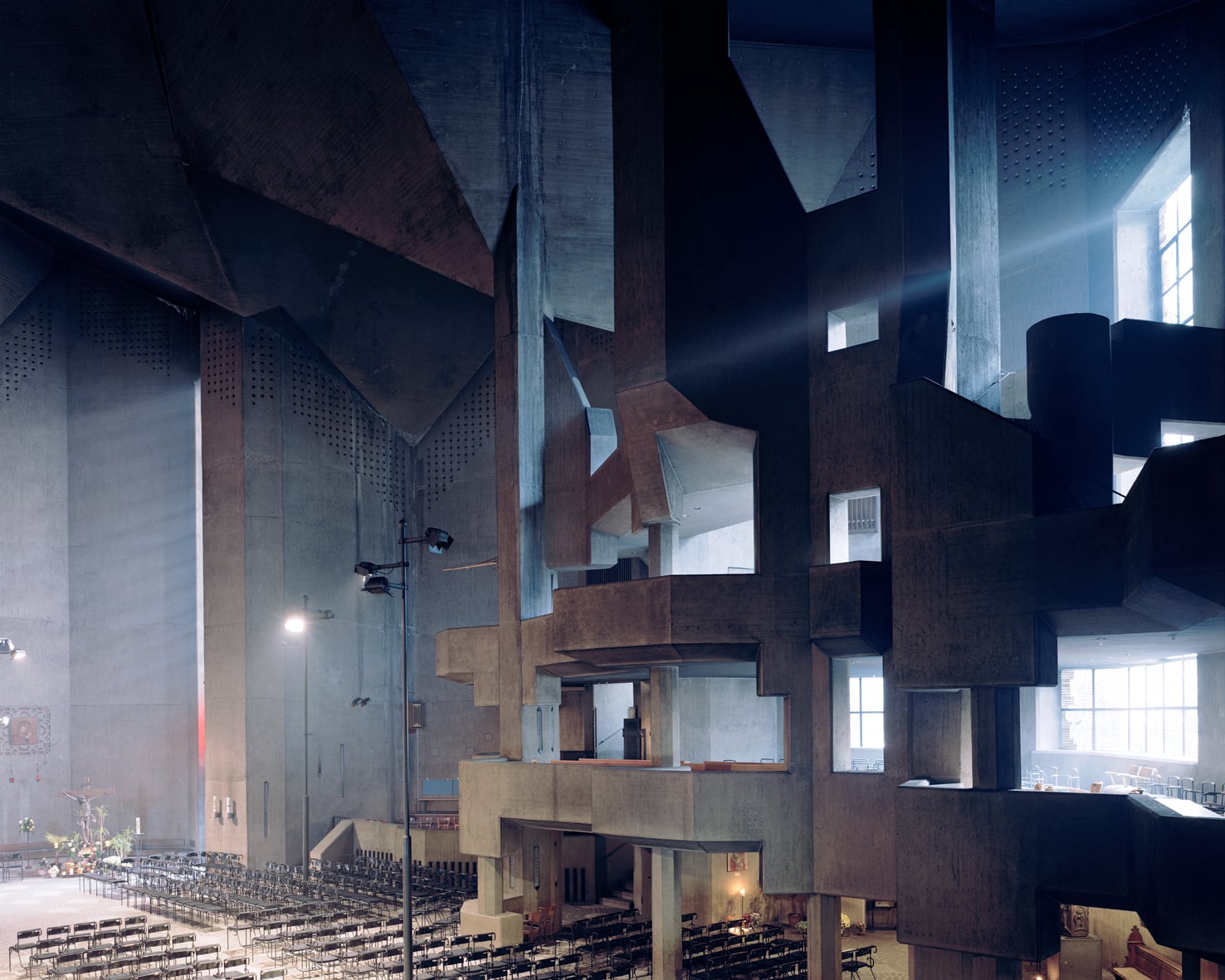
December 19, 2013
Christoph Morlinghaus’ Tragic Photographs of Modern Buildings
The photographer Christoph Morlinghaus finds poetry in empty buildings.
For the second installment of Contemporary Lens, a 5-part series highlighting our favorite photographers, we profile the work of German photographer Christoph Morlinghaus. His photographs have been featured in such publications as T Magazine, Details, Monocle, and Wallpaper. The images adopt an almost clinical look at modern architecture and other subjects, while still imbuing them with warmth.
The buildings featured in Morlinghaus’s photography may be modern in design, but they are timeless in spirit. His view of modern architecture is tragic because it is sensitive to modernism’s historical aims, yet also cooly detached from the heartbraking failure of those goals. This is underscored by the sheer emptiness of the buildings, whose spectacular forms and daring structures are beheld by none. Beyond modernism, Morlinghaus’s work also investigates how form gives expression to new and old interpretations of faith, from the ghostly interiors of a Brutalist church to the hollow religiosity of an overblown Doha hotel.
It’s important, of course, to remember that Morlinghaus is not an architectural photographer, per se. In speaking with him, it came across that while he, indeed, has a long-standing interest in the built environment and has shot plenty of buildings in his career, he doesn’t privilege architecture over any of his other subjects. As he explains below, the manner in which he photographs churches or abandoned theme parks is very much similar to how he shoots, say, geological land forms.

Mariendom: Gottfried Böhm, Neviges, Germany
“15 minutes or so exposure time, resemblance with bombed German cities after World War II, part of the form/faith series about ecclesiastical architecture.”
How did you start photographing architecture? What about buildings most interested you?
I started photographing architecture when I got into photography at the age of 13. I don’t know why, but I was always drawn to static objects and it doesn’t get more static than architecture. I got more serious when I discovered the empty IG-Farben building in Frankfurt. The results were so encouraging that I changed my career from a studio photographer to what I am doing today. I like shooting in buildings because it is an entirely artificial environment. A building is manmade, only daylight is natural. It’s not so much about architecture but more about what these places tell about their times, creators and inhabitants.
How do you go about choosing the buildings/locations you shoot? How do you acquaint yourself with the structure or place before you begin photography?
Good old internet research. Sometimes there is an opportunity to scout a place in advance, but I found out that the best light and opportunity is always while you scout and never when you shoot. Hence I stopped pre-scouting.
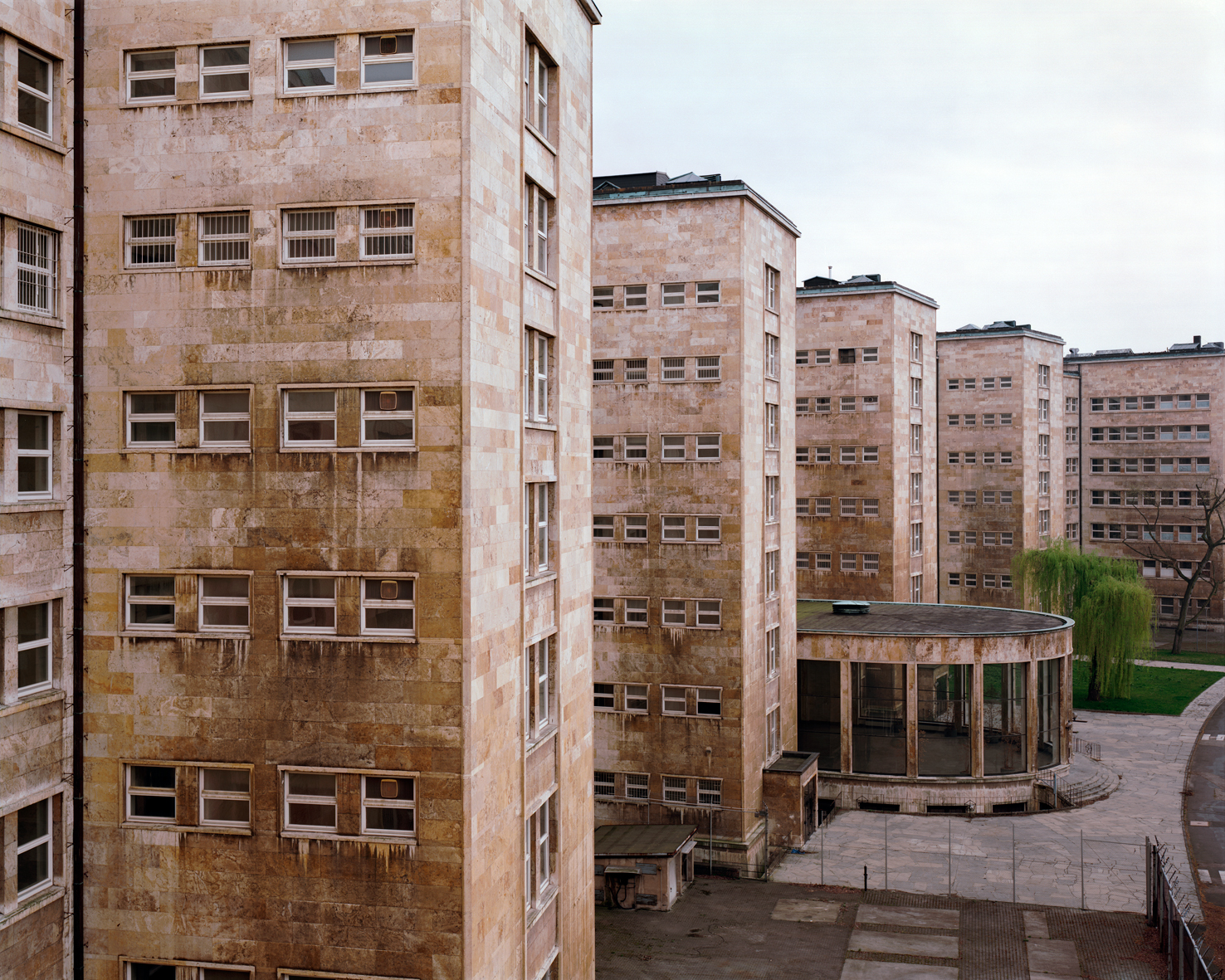
IG Farben, Frankfurt, Germany, 1997
“My first foray into architectural photography. IG Farben building by Hans Poelzig was the largest office building in Europe. Used by the American forces after WW2, shot when it was abandoned.”
Is it important to you that your photography of buildings is more evocative rather than “architectural”?
I always look for the best image, documentation does not really interest me. I always try to condense the essence of a building and the experience of light and space into one single image. Shooting 8×10” film also forces me to do that.
What are some challenges specific to shooting architecture?
Access and permits. Blocking people. Getting enough time for the right light. Battling with view-camera adjustments. Handling exposure times that can be as long as 45 minutes.
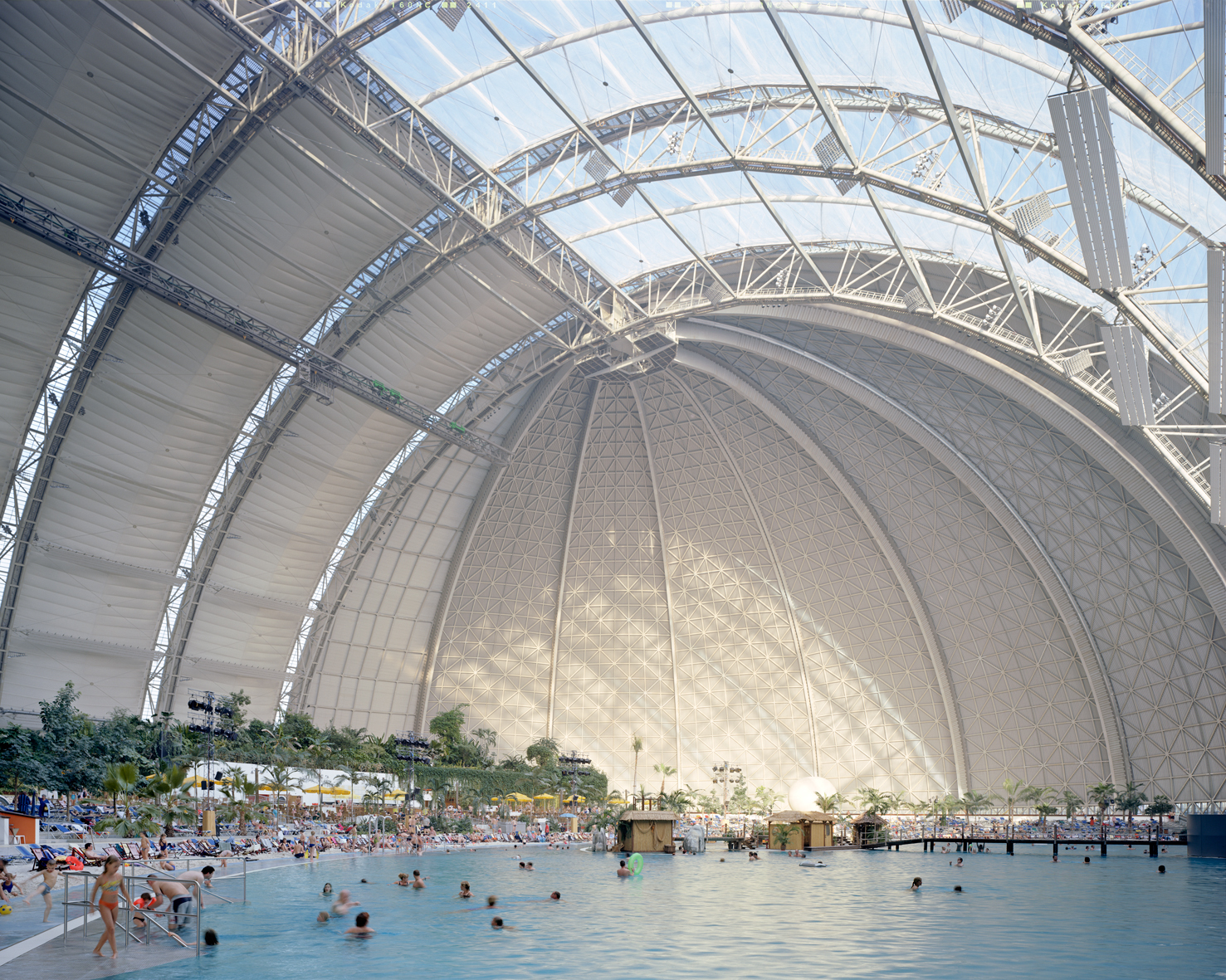
Tropical Islands, Krasnitz, Germany, 2008.
“The world’s largest freestanding building. Used to be the ‘cargo-lifter’ zeppelin site, now a theme park. It also has a tropical rainforest.”
How would you describe your work? Are there any particular movements or schools of photography that have influenced your work or your interest in architecture?
Meticulous, uncompromising, lonely. My ‘school’ is and always has been Otl Aicher [the German graphic designer who mentored Morlinghaus].
Your more recent work does away with architecture altogether and focuses on geological landforms. How are these photographs different or similar to your architectural images?
I do not consider myself an architectural photographer. My interest is always changing and shifting. Basically my approach to landscapes is similar to shooting buildings.
What are you working on now?
I was recently traveling around Miami with an 8×10” camera loaded with medical x-ray film, where I let my Eugene Atget obsession run its course.
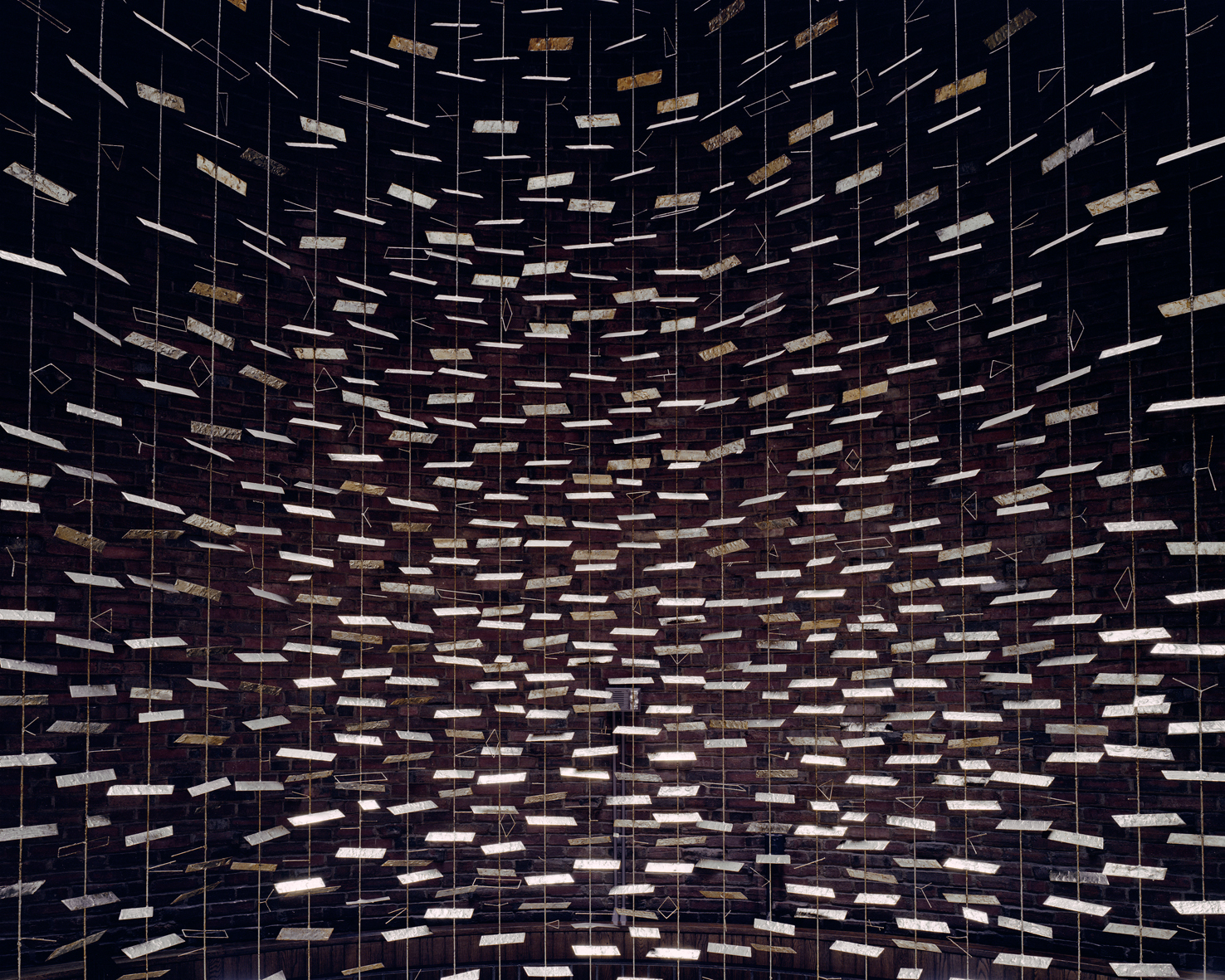
MIT chapel, Cambridge, MA, 2006
“The Harry Bertoia-sculpture hanging in the center of Eero Saarinen’s MIT chapel. This was part of the form/faith series about ecclesiastical architecture.”

Sheraton Doha, 2009
“I stayed there during an assignment. I couldn’t sleep so I took some images.”
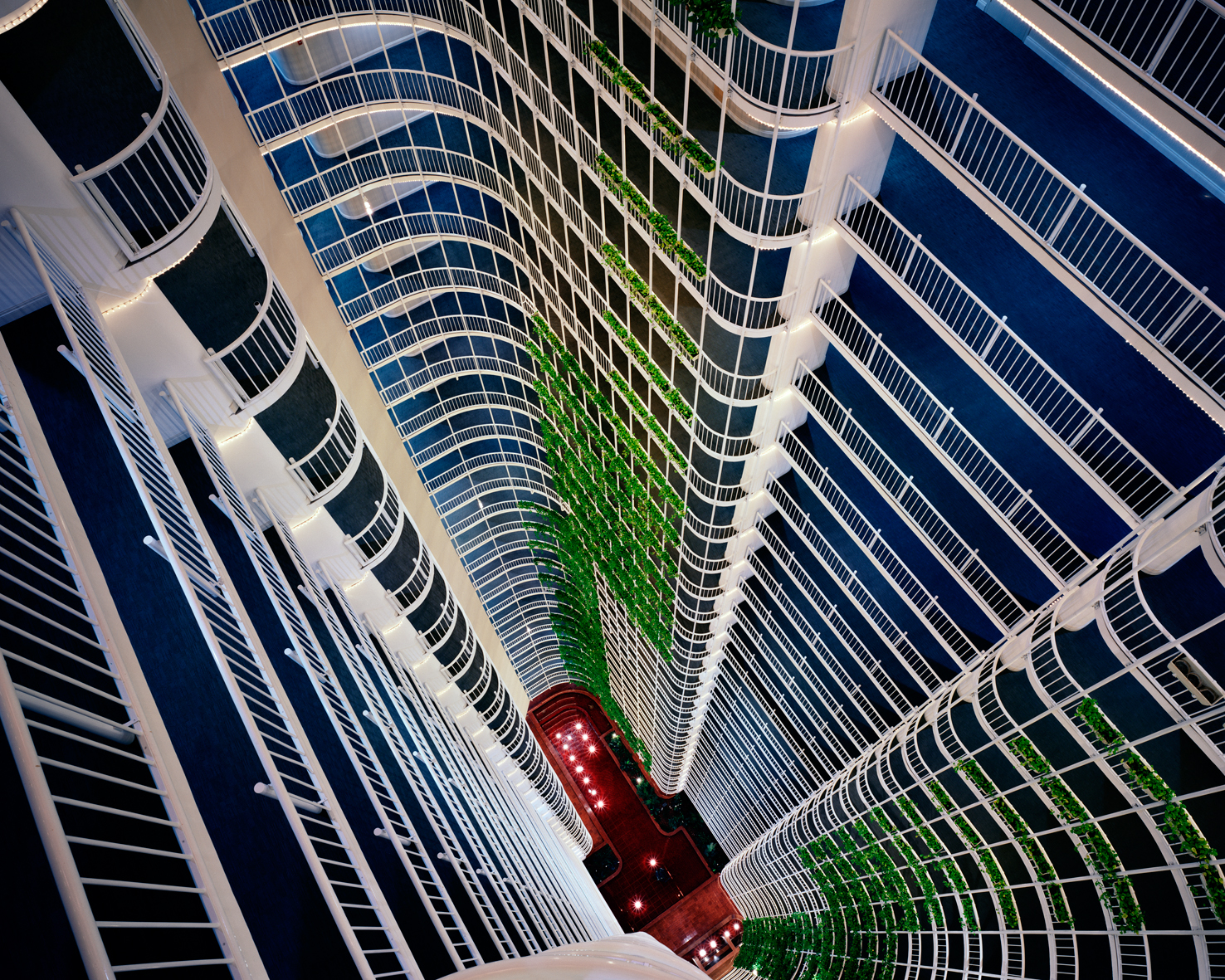
Vertigo: ‘The Grand’, Miami, FL, 2013
“An apartment building in miami. Don Johnson stayed on that floor.”

TWA terminal by Eero Saarinen
“The TWA Bridge: shot 8:35 am, 9/11 2002 at Eero Saarinen’s Terminal 5, JFK airport.”
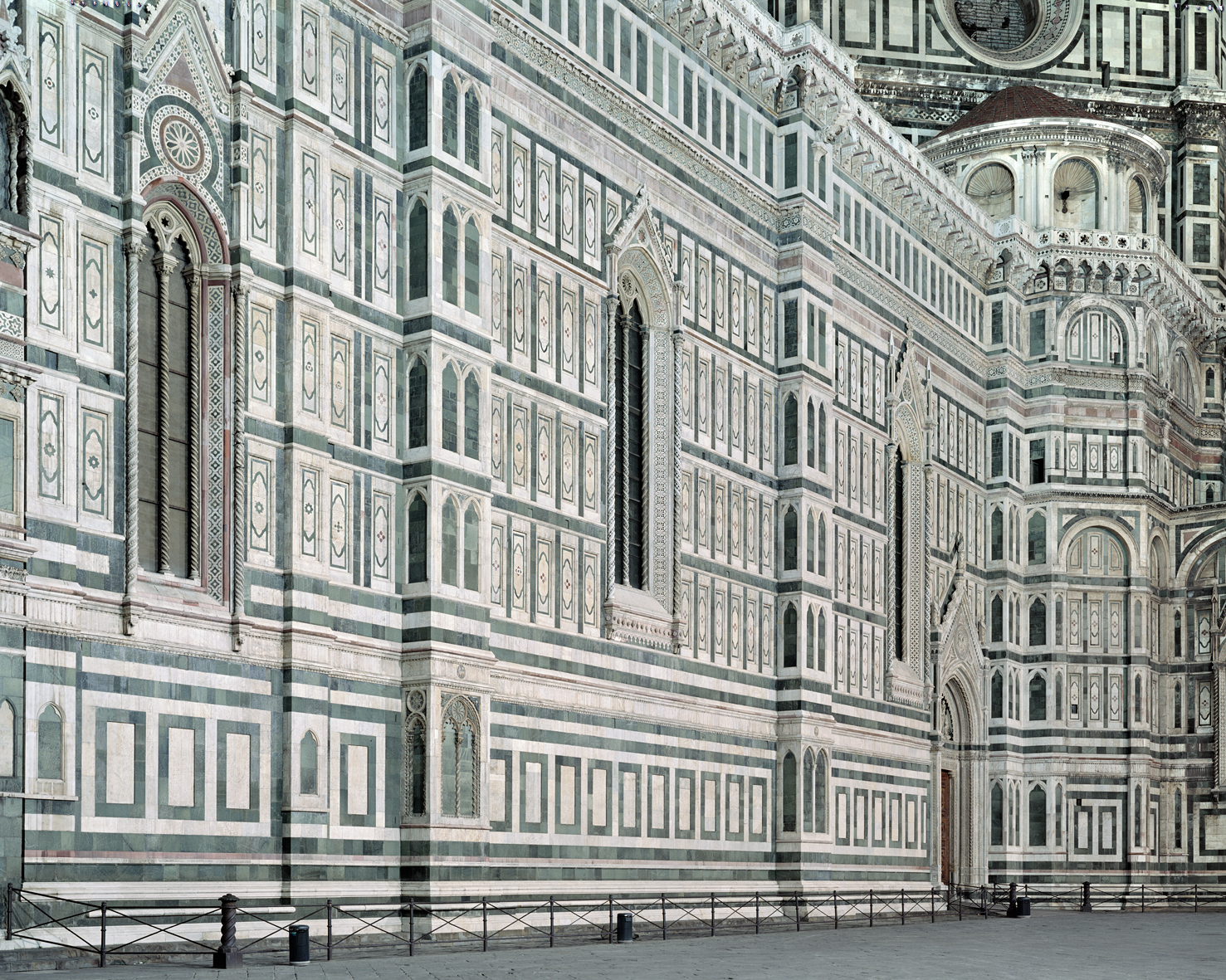
The Duomo at three in the morning, Florence, Italy, 1999
“I remember little because I was quite drunk when I shot it. A miracle that the image is in focus at all.”
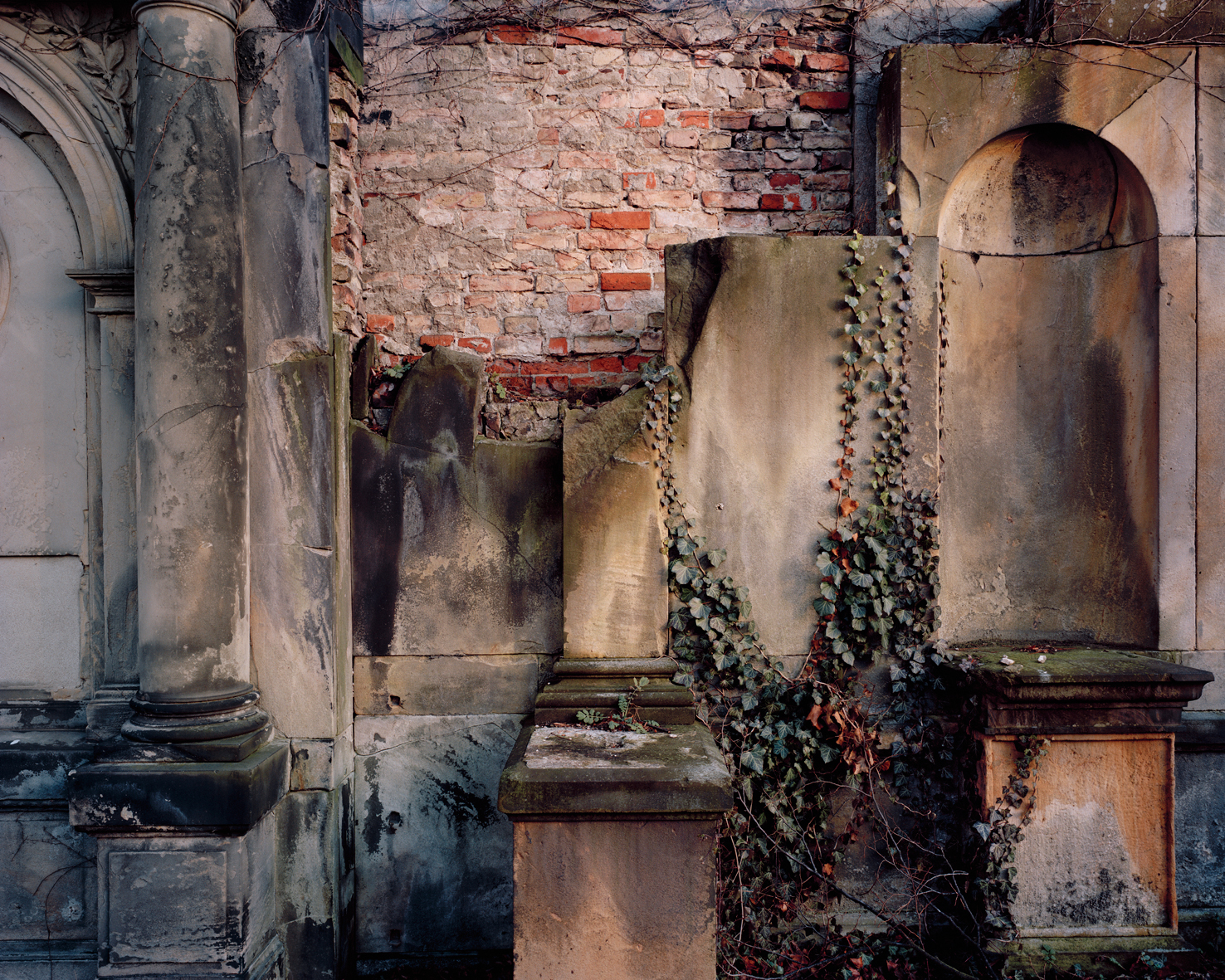
Gone But Not Forgotten: Berlin, Germany, 2012
“A grave-yard in Berlin that still shows war activities.”





